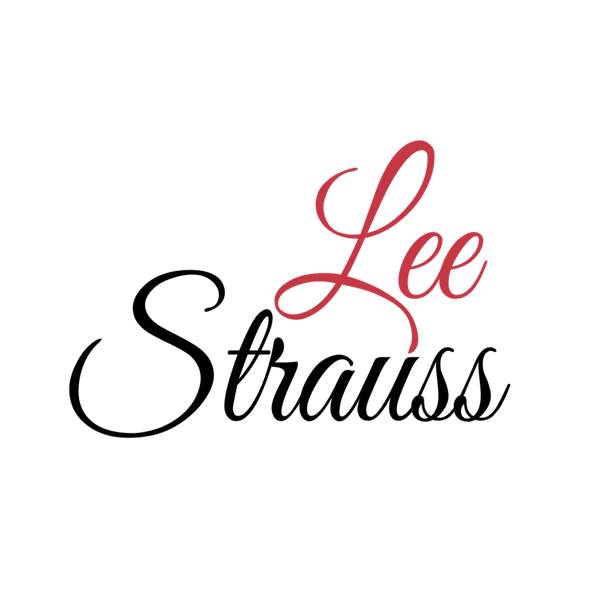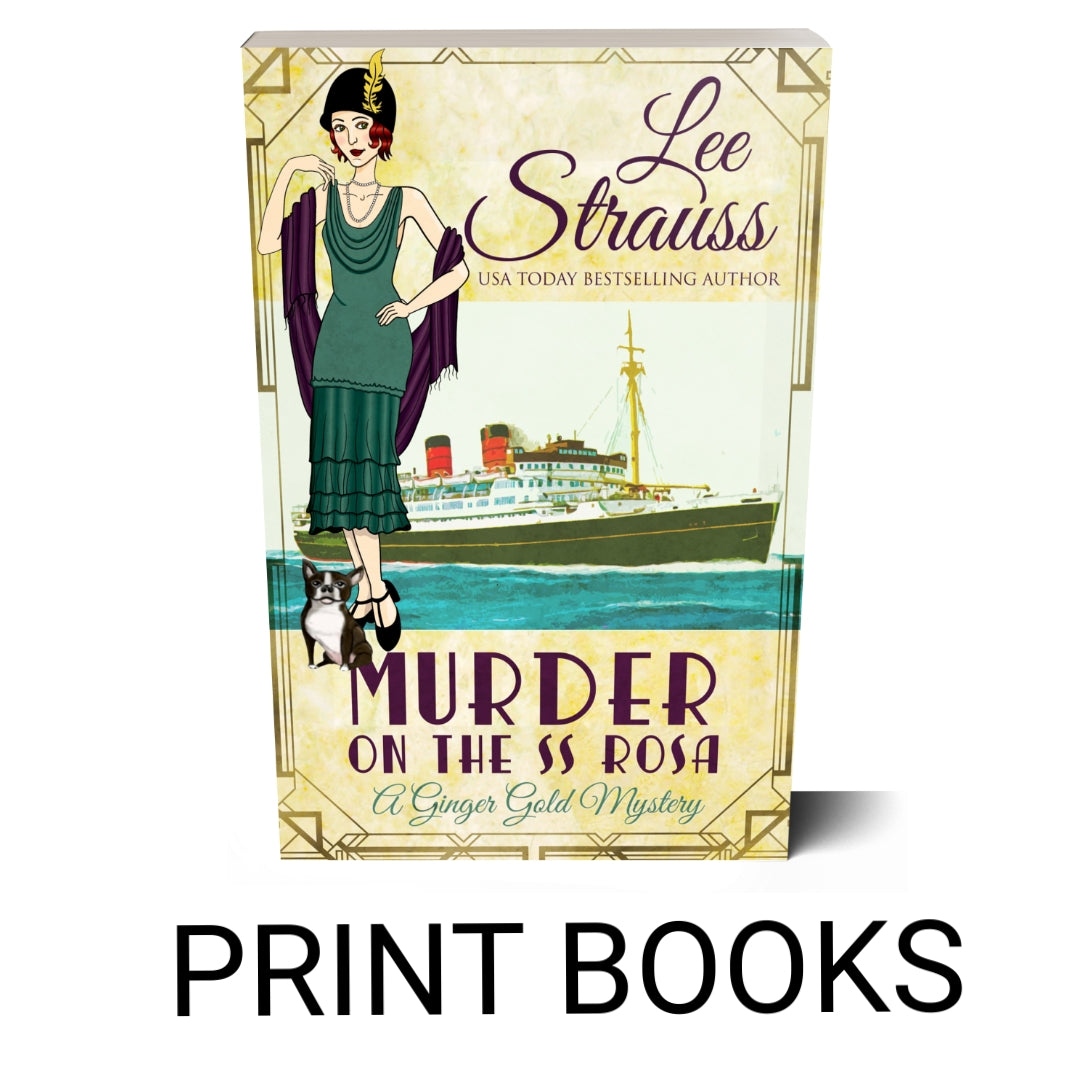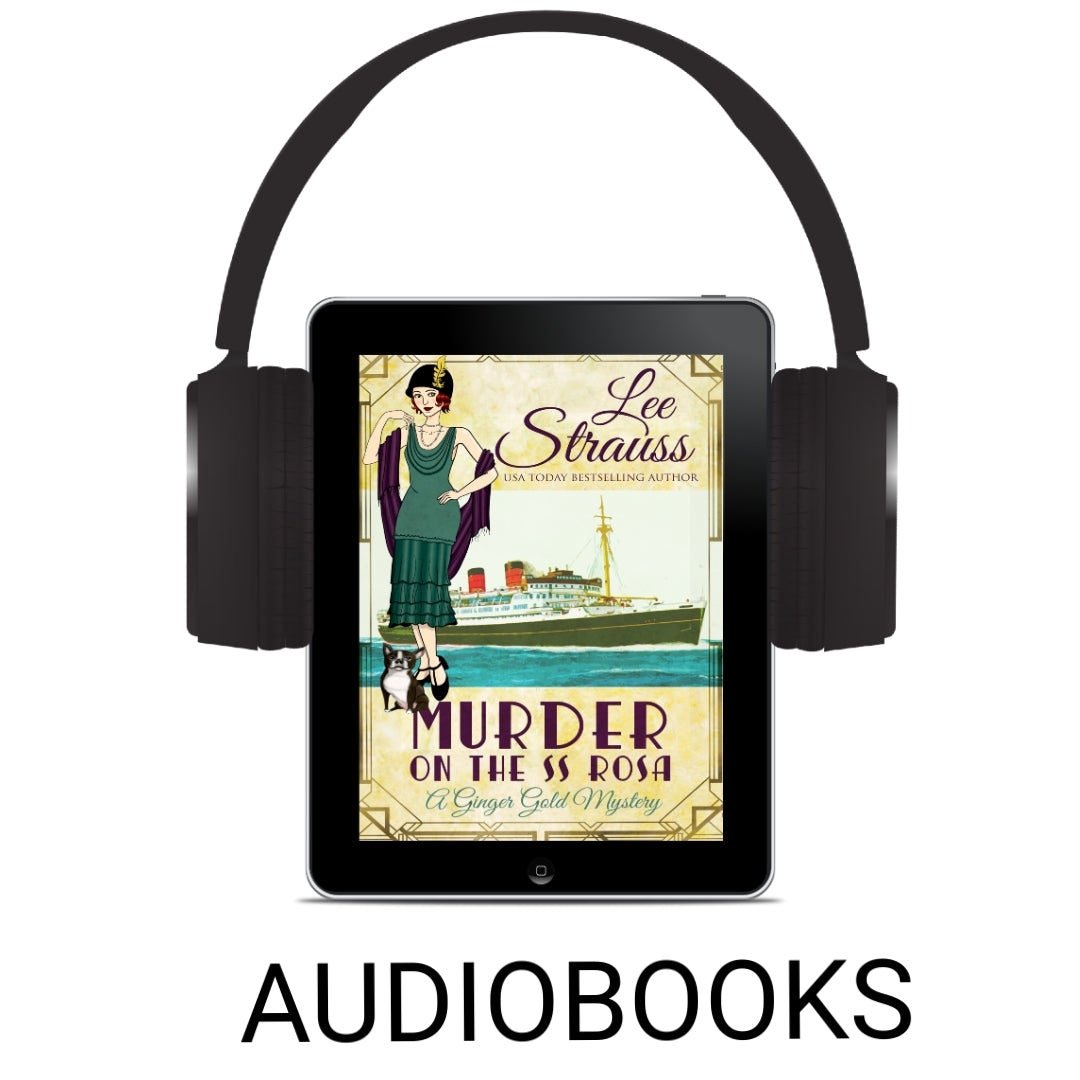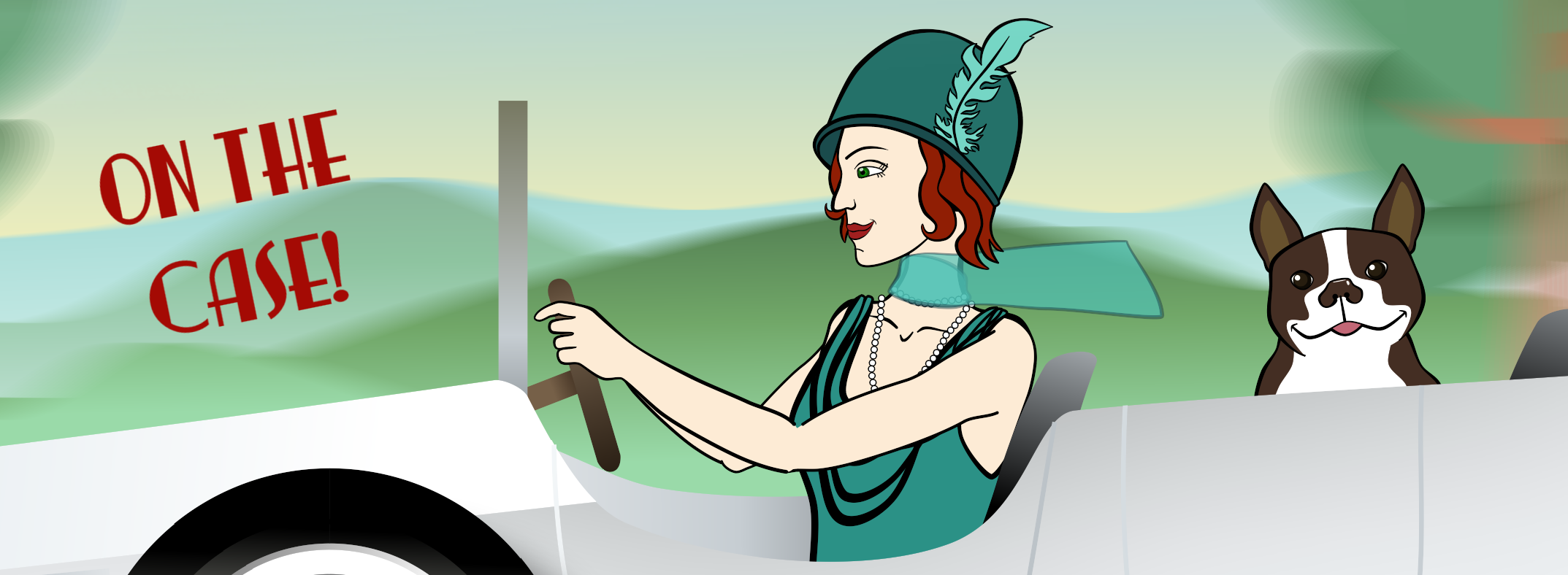
Enter the world of cozy historical mysteries
From the glitz of the 1920s, the rum runs of the 30s, and the poodle skirts of the 50s ~ Lee Strauss has got your cozy (clean read) escape covered.
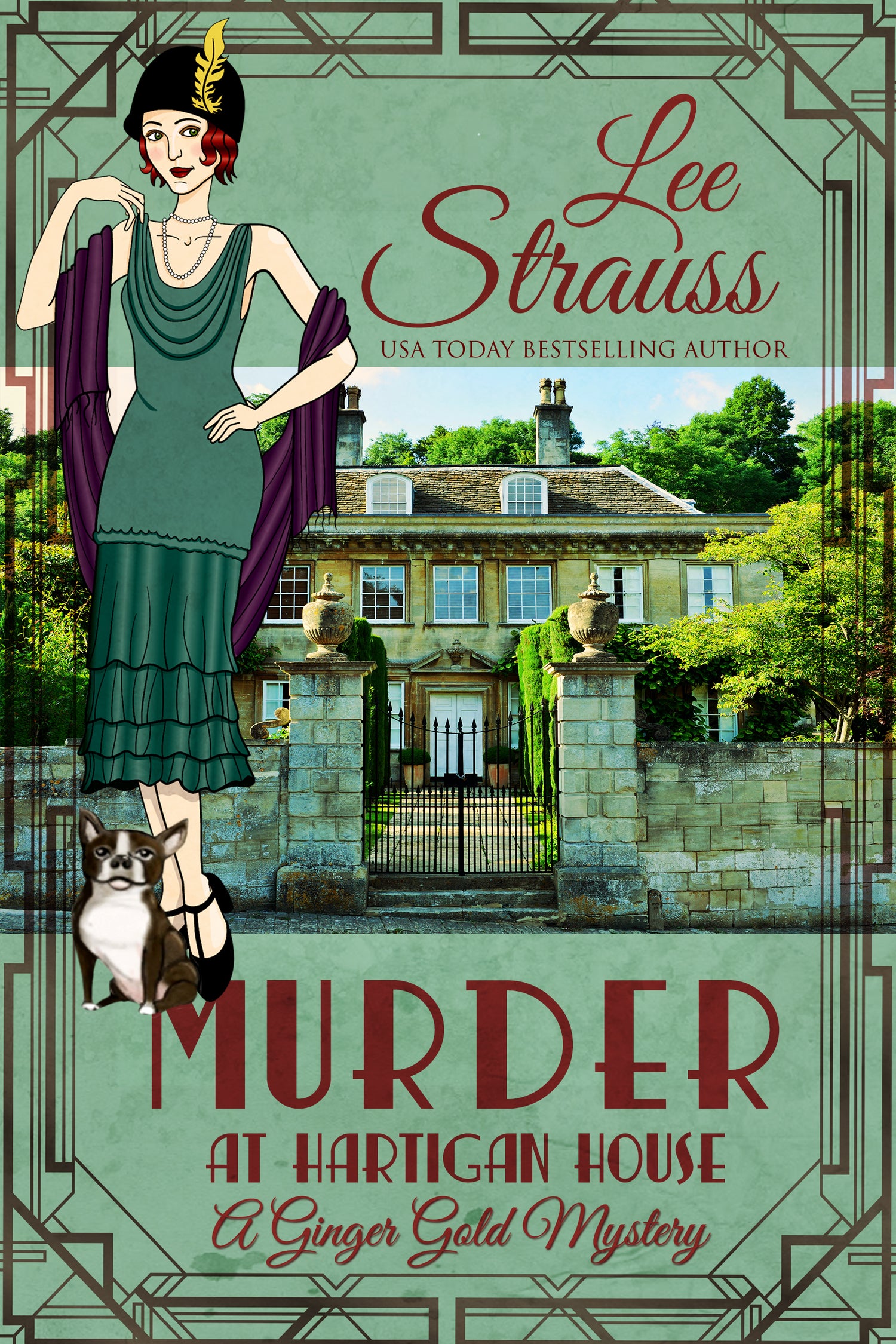
The Ginger Gold Mystery series
Lady Ginger Gold, a savvy and spirited woman navigating 1920s London, enthralls with her enigmatic wartime past. Readers will find themselves deeply drawn into her world, where heartstrings are tugged and intellects are challenged in a captivating quest to solve the whodunit.
"Absolutely fabulous!I really could not enjoy a series any more than this one." Terri Donaldson - Amazon reviewer

The Higgins & Hawke Mystery series
The Higgins & Hawke mystery series catapults you to 1930s Boston, featuring Ginger Gold’s best friend, Dr. Haley Higgins, and daring reporter, Samantha Hawke. In this vibrant spin-off, the friendship duo navigates prohibition, the depression era, and the challenges of being formidable women in a male-dominated world, delivering a thrilling blend of intrigue and empowerment.
"Death at the Tavern is the first of a series - I can't want to tackle the rest. This story is upbeat, crisp and hard to put aside." - Bonnie Reed Fry - Amazon reviewer
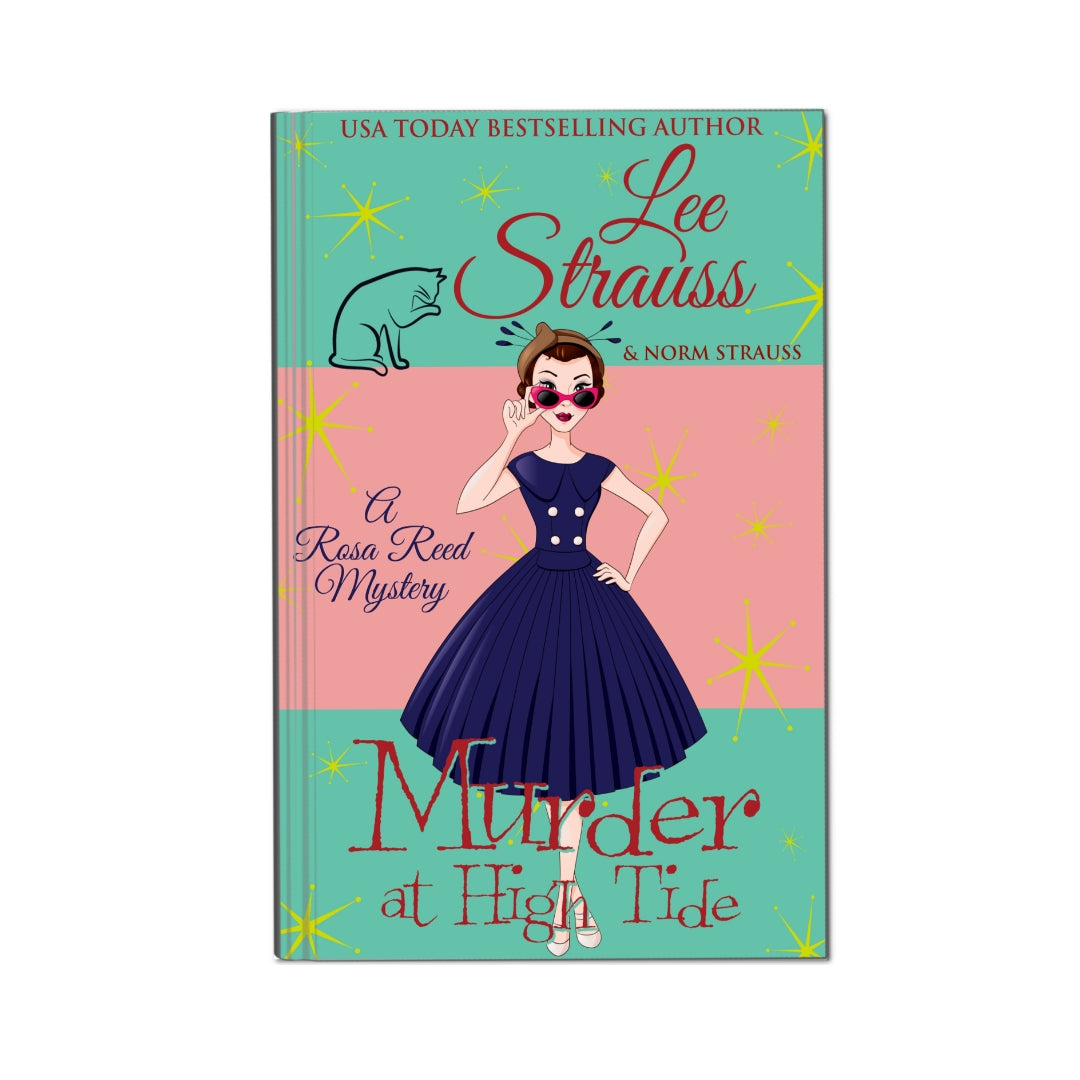
The Rosa Reed Mystery series
Rosa Reed springs to life in the 1950s as an Englishwoman embarking on sleuthing adventures under the sunny skies of California. This second spin-off series spices things up with her unexpected reunion with old flame, Detective Miguel Belmonte, blending mystery, romance, and the allure of Hollywood’s golden era.
"The 1950s is a great decade for exploring the mores and customs in the USA at that time, and the author makes the time period feel like a character in its own right." - Holly AW - Amazon review
Settle in with a comfort drink and dig into your series of choice!
By Format
Lee Strauss books are also available at these retailers:
AMAZON - BARNE & NOBLE - KOBO - ITUNES

